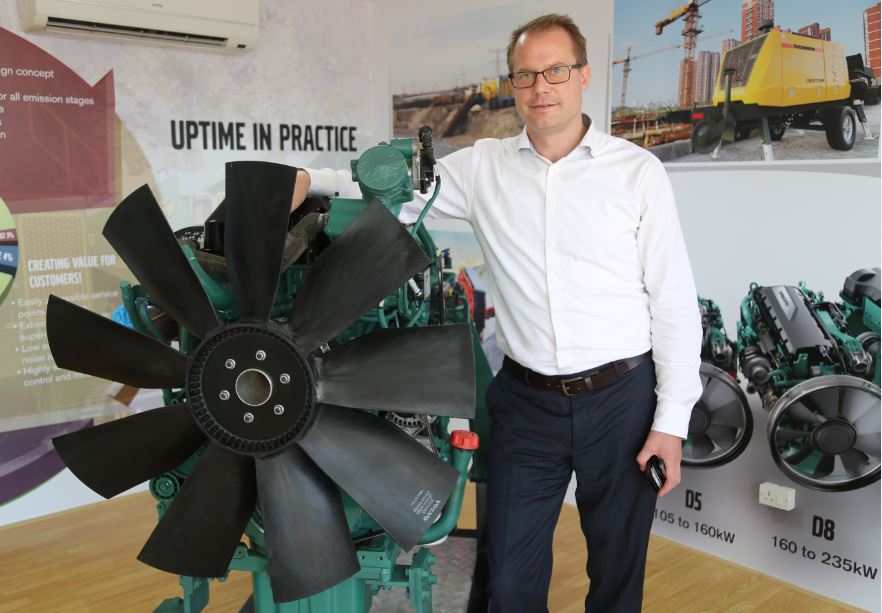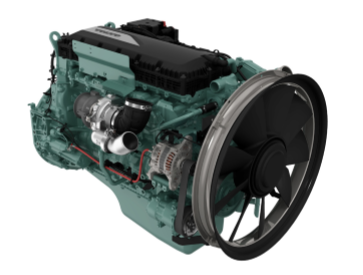Versatility, reliability and excellent power density are the hallmarks of Volvo Penta’s new line of 5 and 8 litre engines, in order to meet growing demand in the Indian market.
Volvo Penta’s new range of D5 and D8 engines are certified for CEV Bharat Stage III emission standards and are already in the field, powering a variety of applications including construction, material handling, raw material exploration, forestry and agriculture around the world.
These robust, reliable D5 and D8 off-road engines share the same common electronics platform as their D11, D13, and D16 counterparts which allow them to communicate using the same protocol, regardless of emissions level, simplifying design work for OEMs. The engines’ inline 4 and 6 cylinder design and common design footprint also make the design process easier for several emission stages.
OEMs can replace their 6 or 7 litre 6-cylinder engines with the 4-cylinder D5, due to its higher power density. Downsizing to a 4-cylinder engine, with its lower weight and compact size, makes installation easier.
Innovation and quality
Volvo Penta benefits from the Volvo Group’s backing, history of innovation, and research and development. Like the rest of its sister companies, Volvo Penta is committed to core values of quality, safety and environmental care. As the product of Volvo heritage, the D5 and D8 reduce fuel consumption by as much as 2.5%, compared with previous generation engines, they also offer excellent power density and higher torque at low speed.
To fulfill its commitment to environmental care, Volvo Penta takes an innovative approach to meeting emission standards. While most engine manufacturers have incorporated exhaust gas recirculation (EGR) into their Bharat Stage III models, Volvo Penta engineered its D5 and D8 engines to burn so cleanly that it doesn’t need the addition of an EGR. The benefits of the engine’s highly efficient fuel injection system include less upkeep and maintenance, as well as better fuel consumption and good low-end response.

